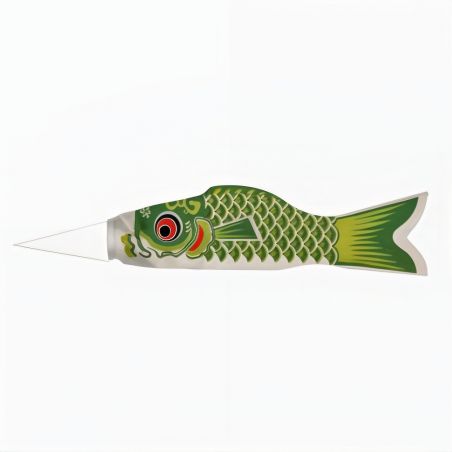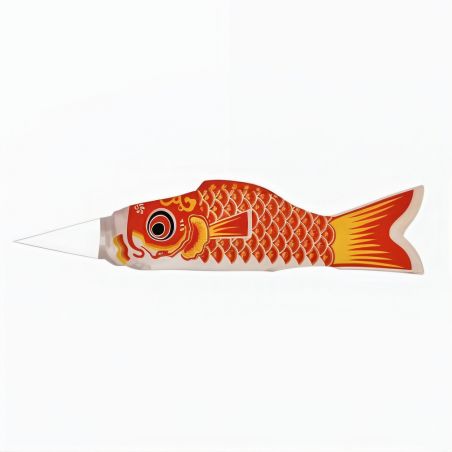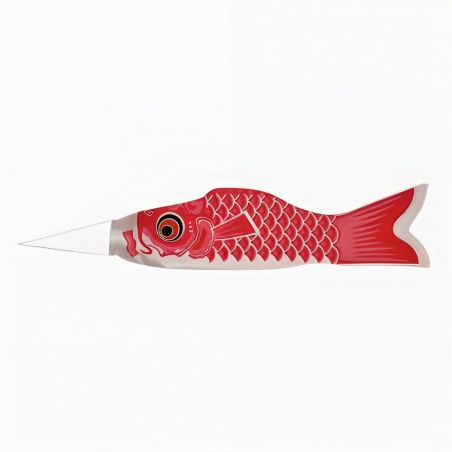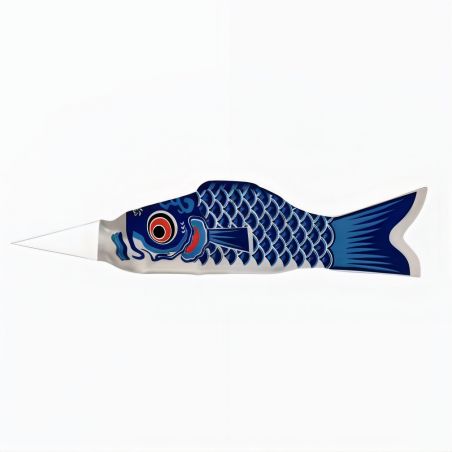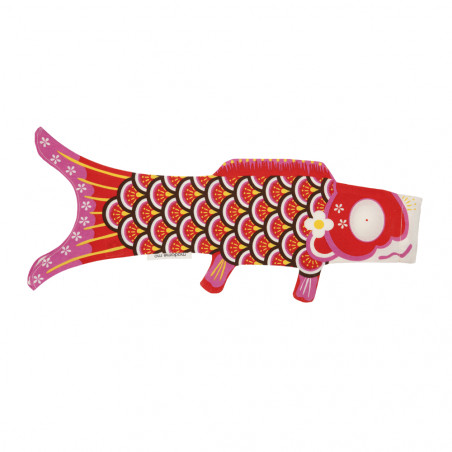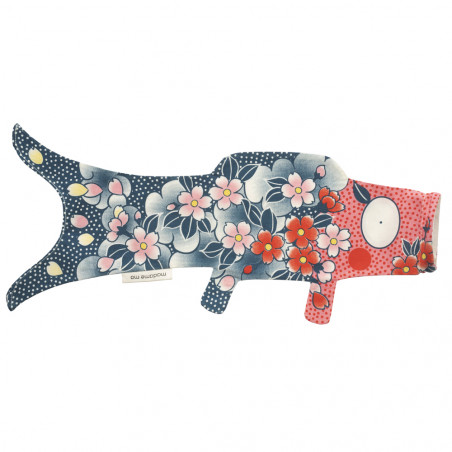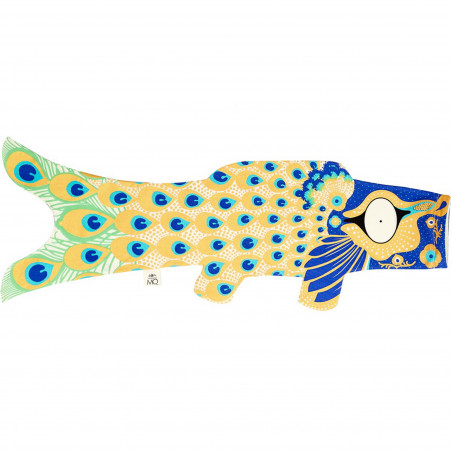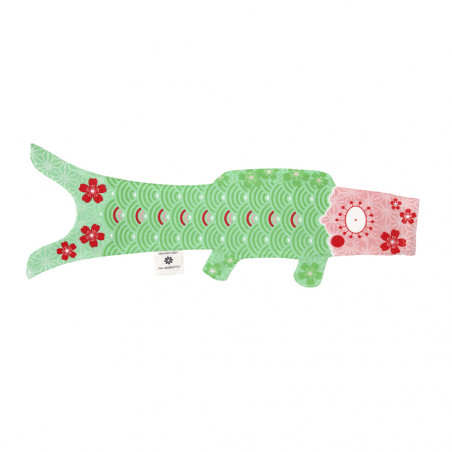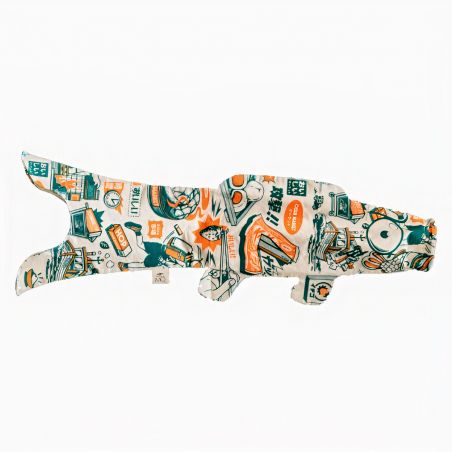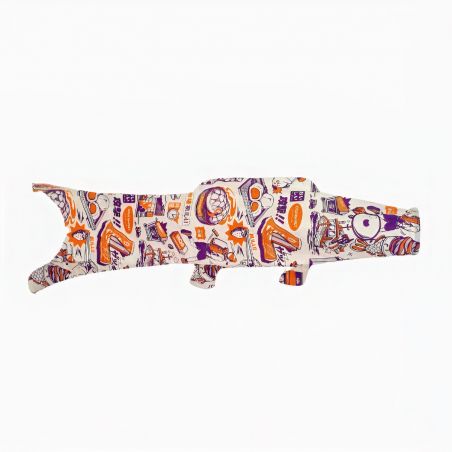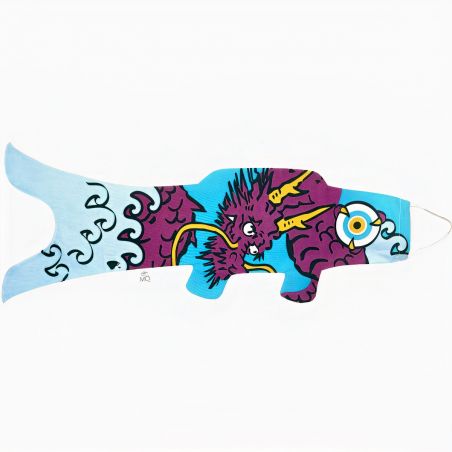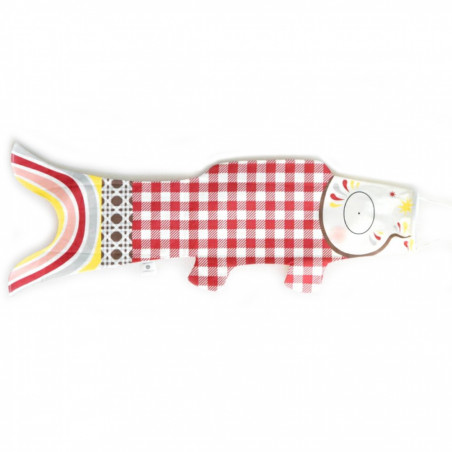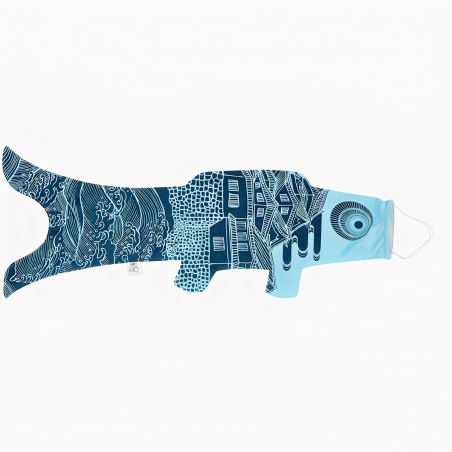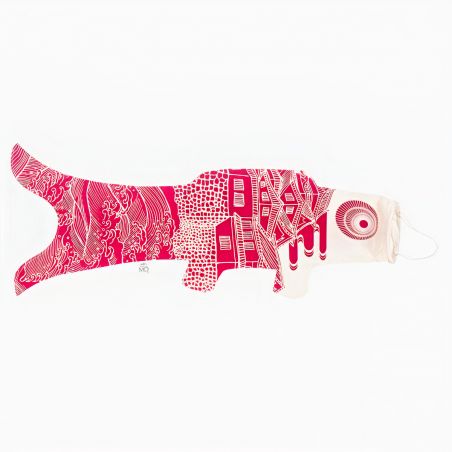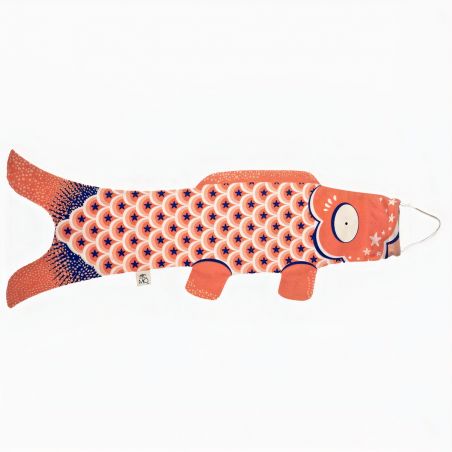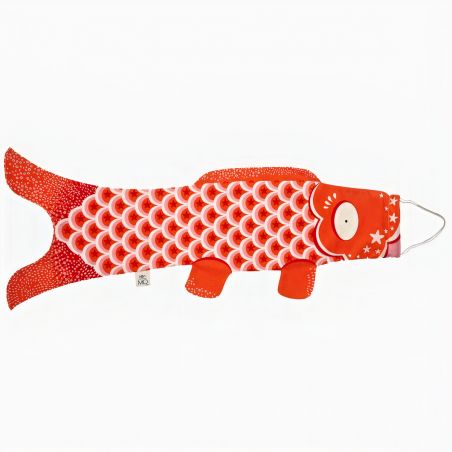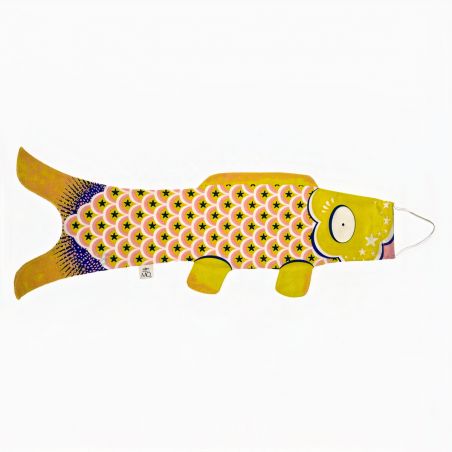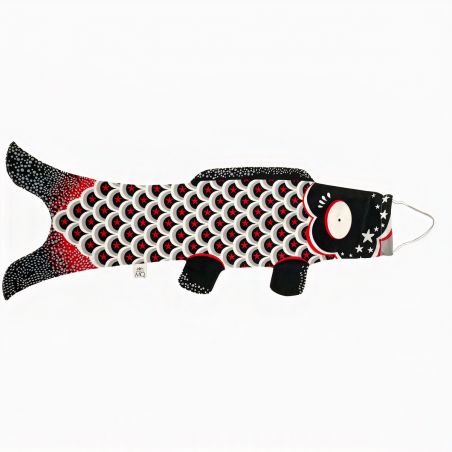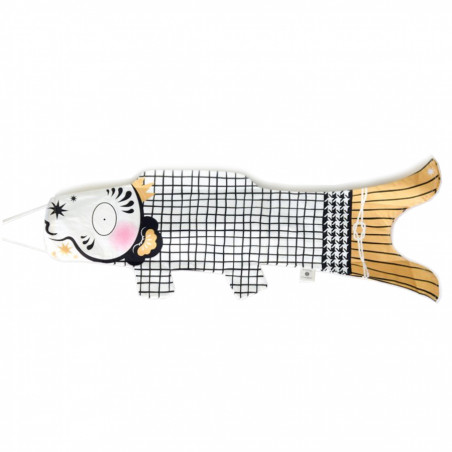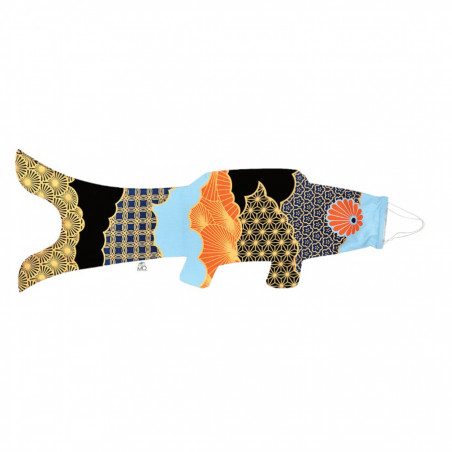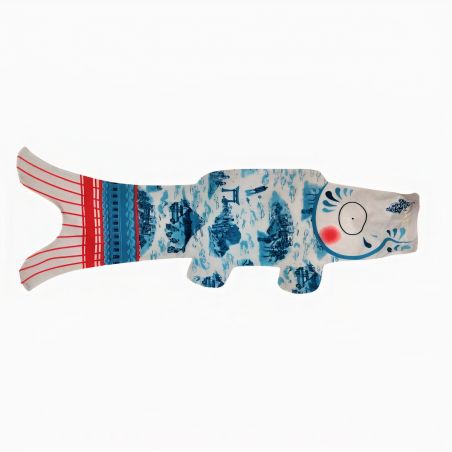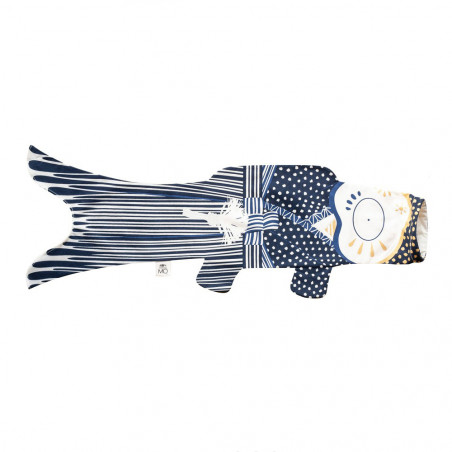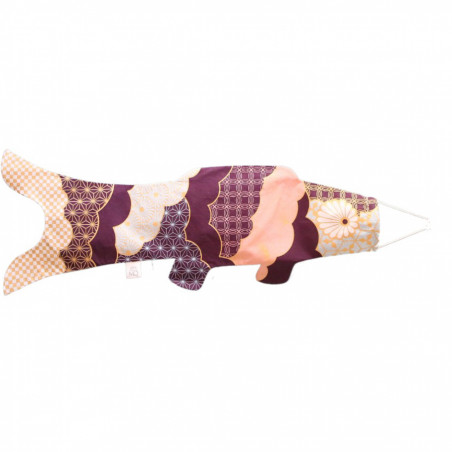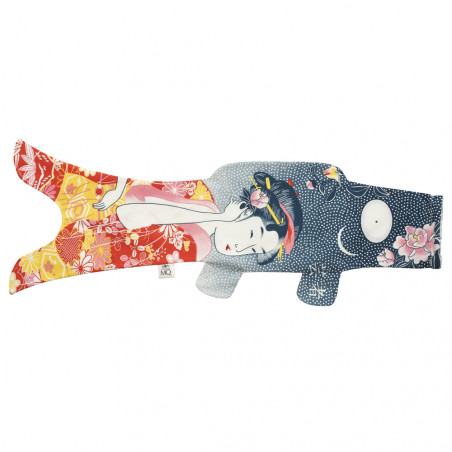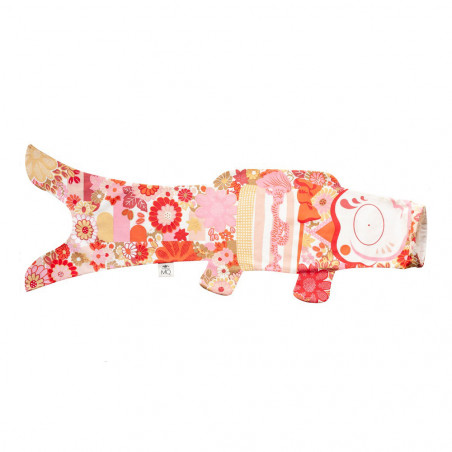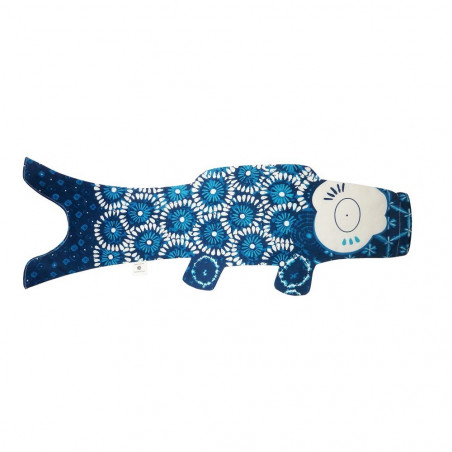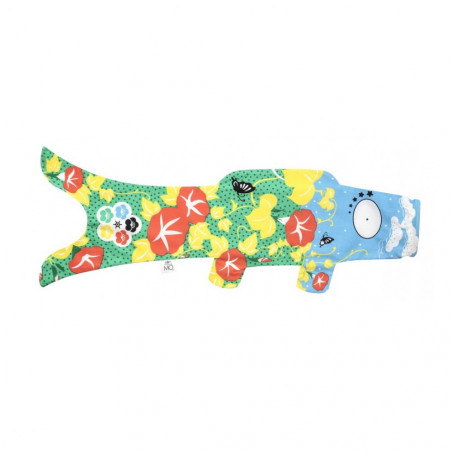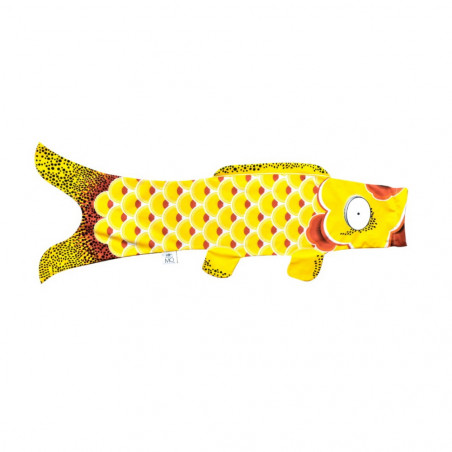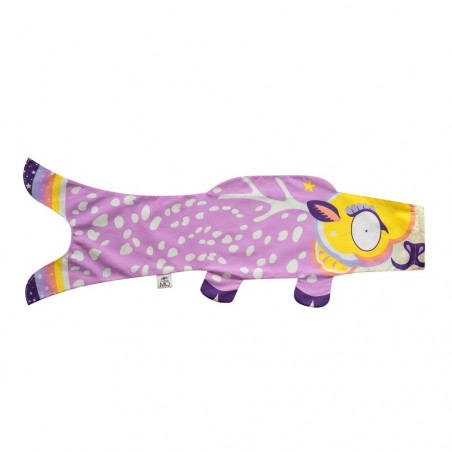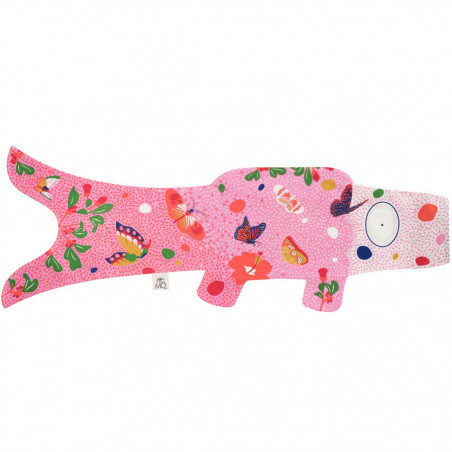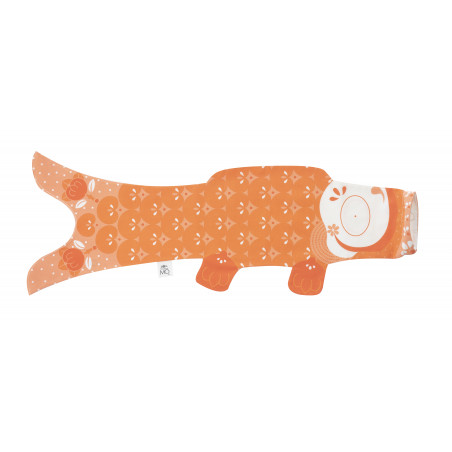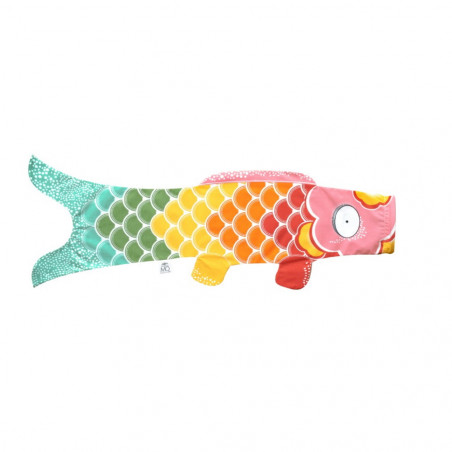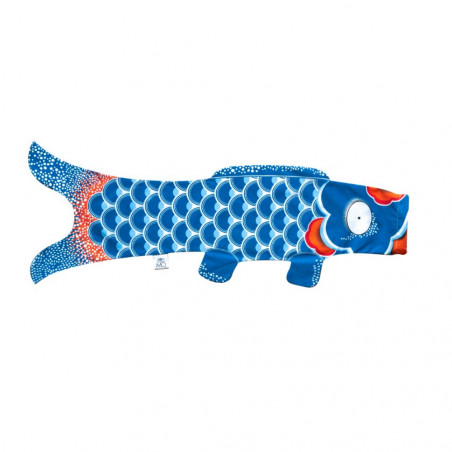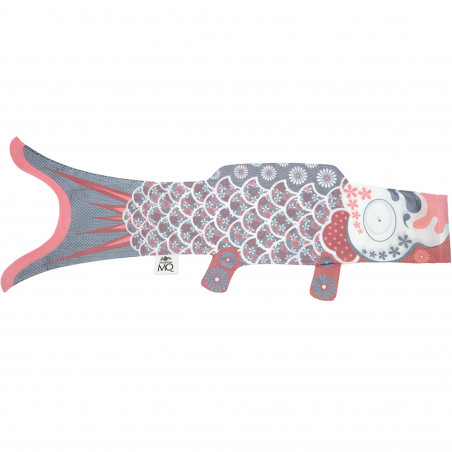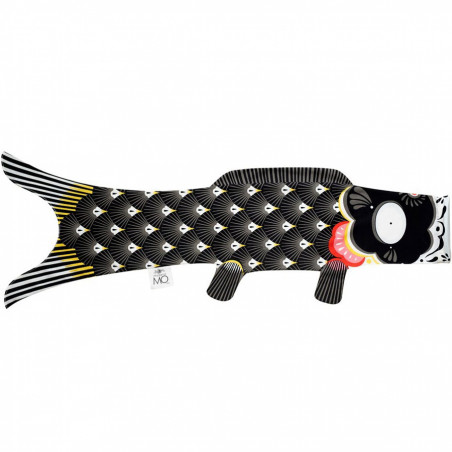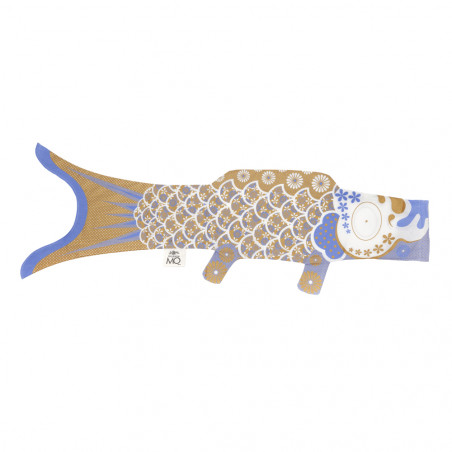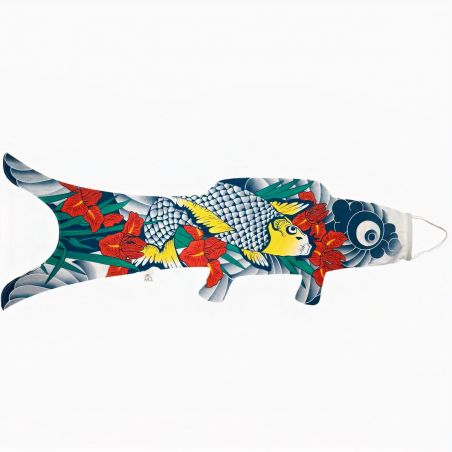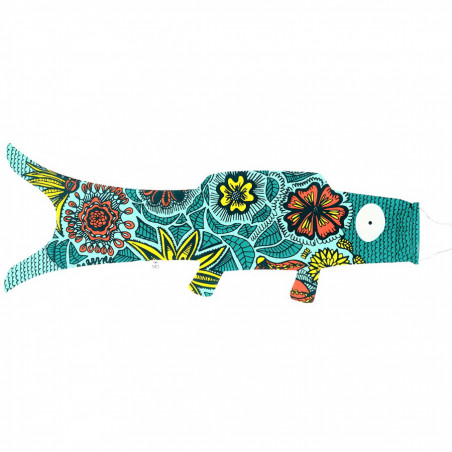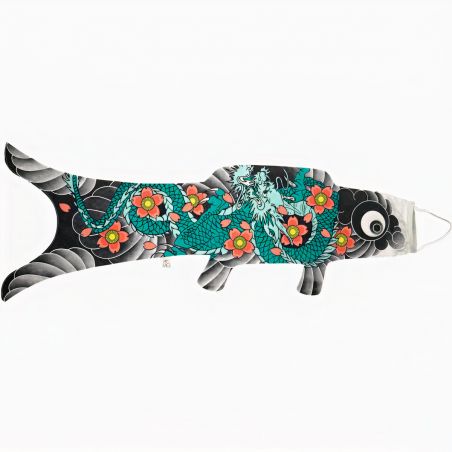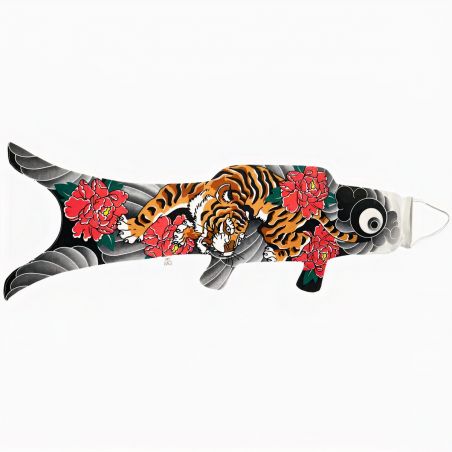Japanese Koinobori: Fish-shaped flags to celebrate Boys' Day
Koinobori are fish-shaped flags that are traditionally used in Japan to celebrate Tango no sekku, which is also known as 'Boys' Day'. This festival is celebrated every year on 5 May and is intended to wish the boys in the family good health and development.
Koinobori are usually made of cloth and painted in bright colours, often red, blue and white. The largest of the flags is traditionally the one representing the father of the family, followed by smaller flags for the sons. It is common to see koinobori flying in the wind on poles next to houses or buildings during this period.
It is said that the origin of koinobori dates back to the Edo period (1603-1868) and that the flags were introduced to celebrate boys and wish them good health and success. Today, these flags are still used for the same reason and have become a strong symbol of Japanese popular culture.
In short, koinobori are fish-shaped flags traditionally used in Japan to celebrate Boys' Day, which takes place every year on 5 May. They are usually made of cloth and painted in bright colours, and are often seen flying in the wind on poles next to houses during this time. Koinobori have become a strong cultural symbol in Japanese popular culture.
There are 55 products.

.jpg)

















































































